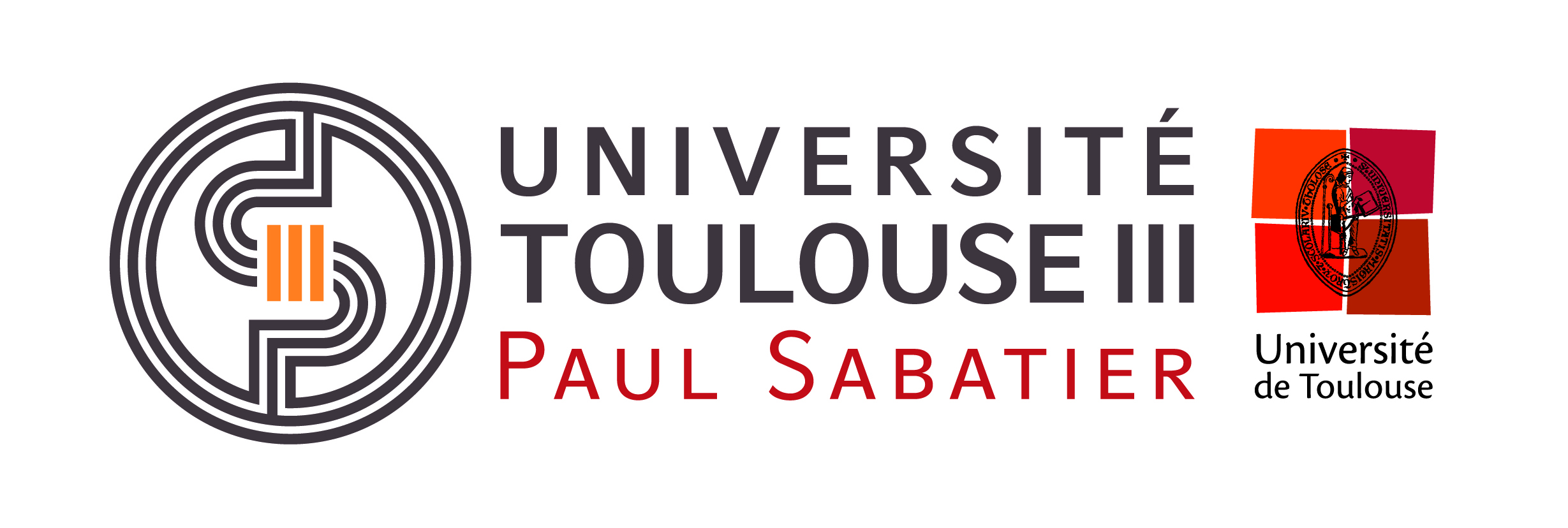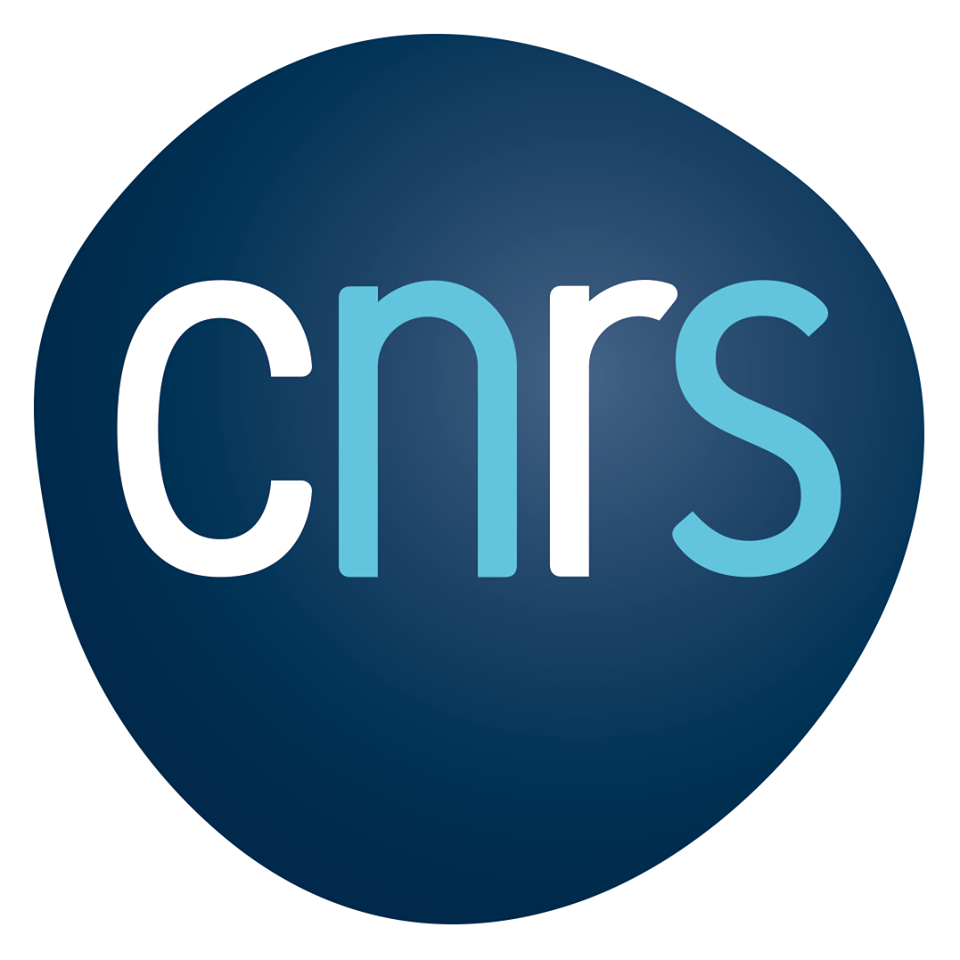Analyse des EDP, géométrie et physique
Amphis Laurent Schwartz
Toulouse
Analyse des EDP, géométrie et physique
 |  |  |
Description de la manifestation:
Récemment un grand nombre d’avancées importantes en géométrie différentielle ou en physique mathématique ont été obtenues grâce à des méthodes d’analyse des EDP (que ce soit par des méthodes du calcul des variations, de flots géométriques ou à l’aide de l’analyse micro-locale) ou l’introduction de techniques transverses comme la théorie des systèmes complètement intégrables ou de cadres géométriques (géométrie multisymplectique et formalismes BRST et BV inspirés par des concepts mis au point par les physiciens). Ces progrès concernent une grande variété de problèmes :
- en géométrie, des applications du flot de Ricci, les surfaces et hypersurfaces minimales dans les variétés riemanniennes, les surfaces de Willmore, les applications harmonique,
- en physique mathématique, les équations de la supraconductivité, la théorie quantique des champs sur des espace-temps courbes et sa renormalisation, la structure géométrique des théories de jauge, etc.
L’objectif de ce congrès est de rendre compte de ces avancées récentes et de rassembler des spécialistes d’horizons différents mais connectés à cette variété de techniques et de questions.
Cette conférence internationale sur l’analyse géométrique et de la physique mathématique en l’honneur du Professeur Frédéric Hélein pour ses 60 ans aura lieu du 5 au 9 juin 2023 à Toulouse.
Orateurs invités:
Bennequin, D.
Bethuel, F.
Brouder, Ch.
Burstall, F.
Carbou, G.
Coron, J.-M.
De Pauw, T.
Dorfmeister, J.
Frabetti, A
Khemar, I.
Laurain, P.
Laurent-Gengoux, C.
Leschke, K.
Levy, T.
Michelat, A.
Pierard de Maujouy, J.
Pacard, F.
Rejzner, K.
Riviere, T.
Roubtsov, V.
Ryvkin, L.
Stiénon, M.
Strzelecki, P.
Topping, P.
Uhlenbeck, K.
Ye, D.
Le comité scientifique: Alice Chang (Princeton), Frédéric Hélein (Paris), Sylvie Paycha (Potsdam) et Tillmann Wurzbacher(Metz)
Le comité d'organisation: Yuxin Ge (IMT), Nguyen-Viet Dang (IMJ)
Practical information:
The workshop will start on Monday June 5, 2023 and end on Friday June 9, 2023.
It will take place within the Institut de Mathématiques de Toulouse, in the Amphitheater Laurent Schwartz. A detailed map of campus is available here : Access to campus. The amphitheater is located in building no. 23 on the campus map (rue Sébastienne Guyot).
From downtown, take the Metro B line up to "Université Paul Sabatier" station. The 1R3 mathematics building is two hundred meters away from the Metro station.
All speakers (participants) will be accommodated in Cité internationale Université de Toulouse.
Reception phone number: 0033 (0)532741467
E-Mail: toulouse.cite@montempo.fr
How to reach Cité internationale Université de Toulouse:
From the train station "Matabiau", take the Metro A line up to "Jean Jaures" (one stop) then take the Metro Line B up to "Palais de Justice"(3 stops);
From the airport "Blagnac", take Tramway T2 up to the last stop "Palais de Justice".
(see https://www.tisseo.fr/)
There are also taxis at the exit of the airport. The price is around 25-35 euros.
Cité internationale Université de Toulouse is an apartment hotel. There is a 24 hour reception service. During the day, the entrance to grande rue Saint-Michel is open. At night and during the day, the main entrance to rue Sainte Catherine is open.


